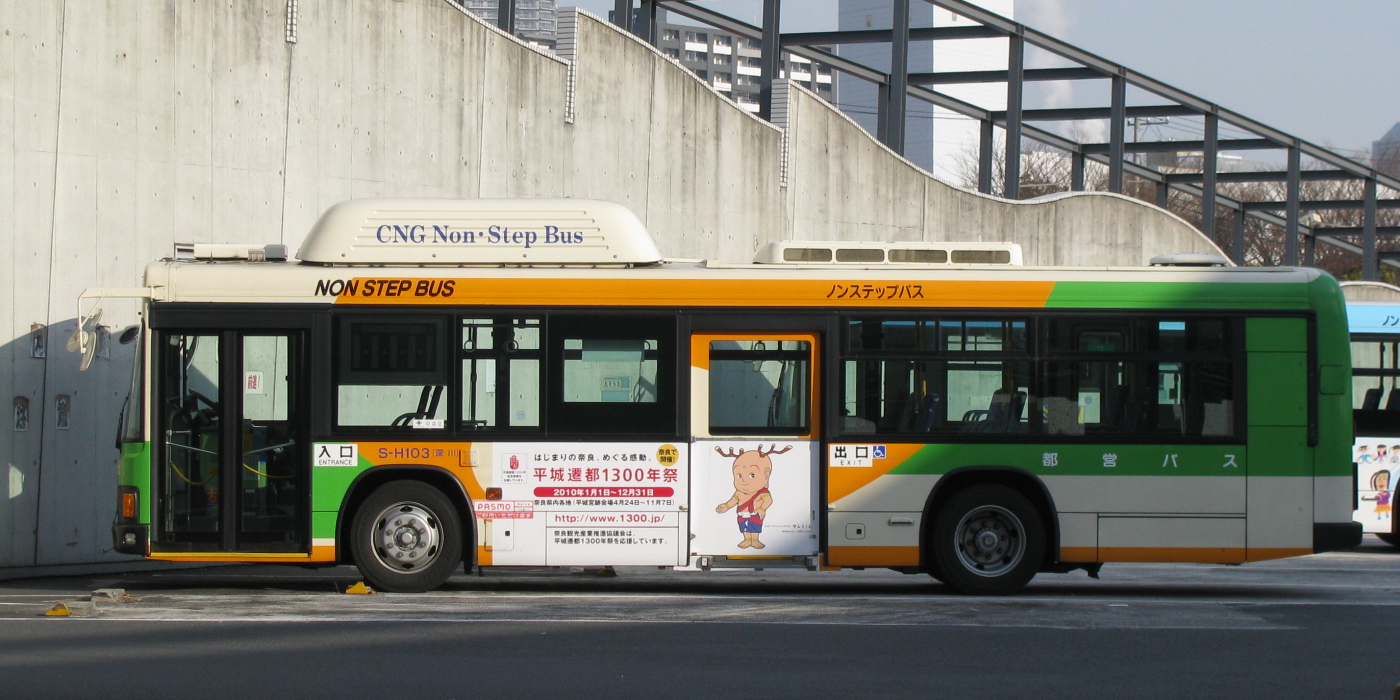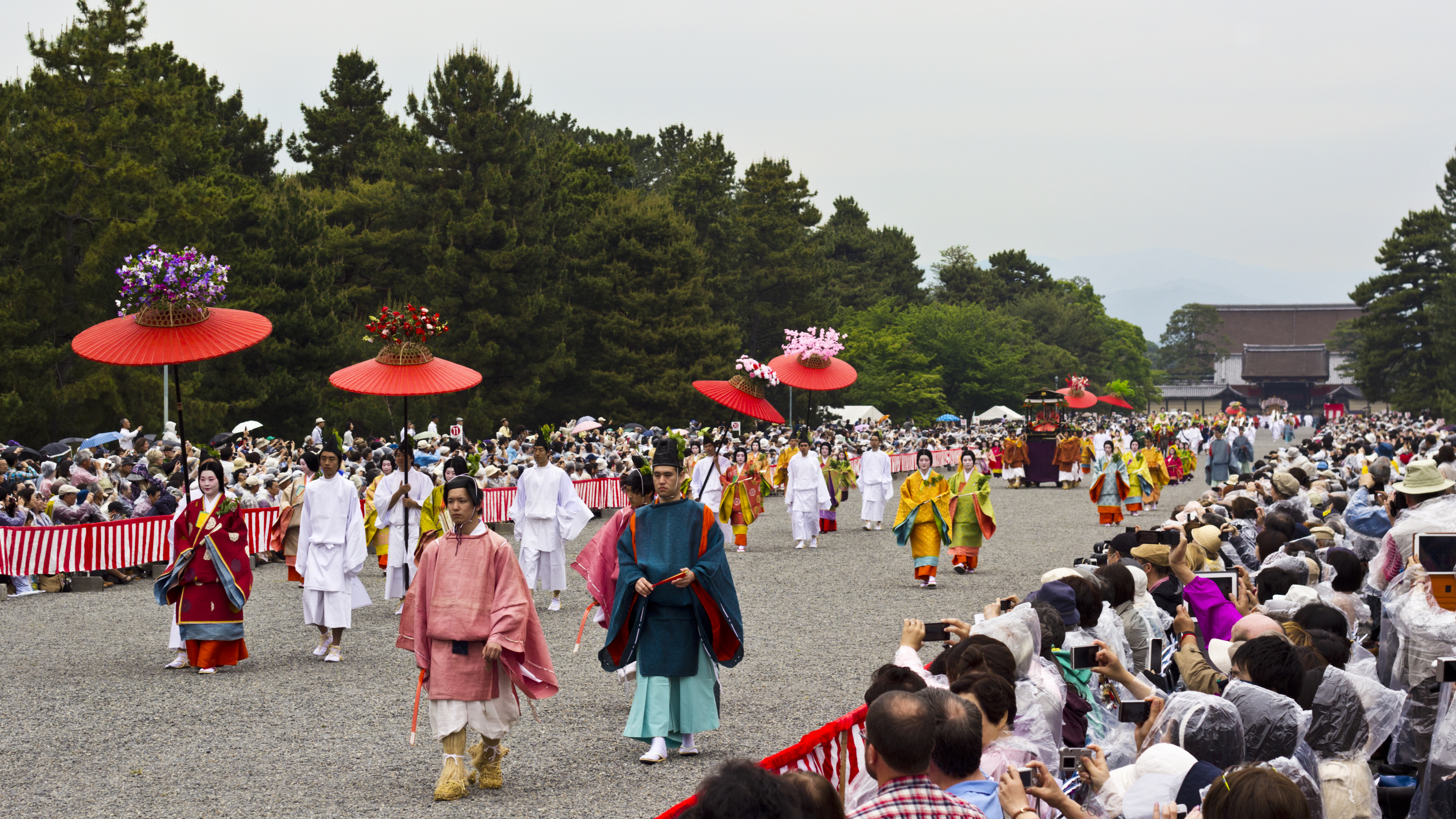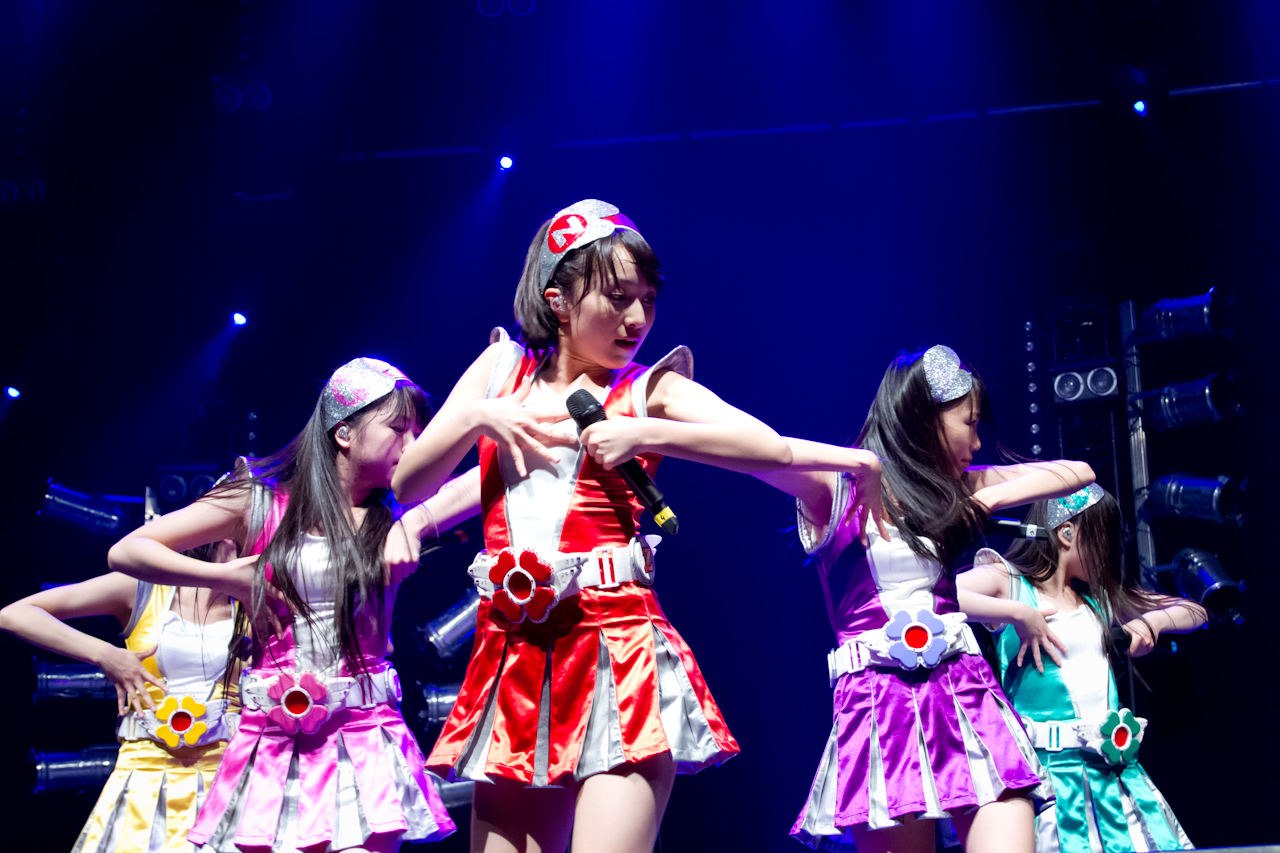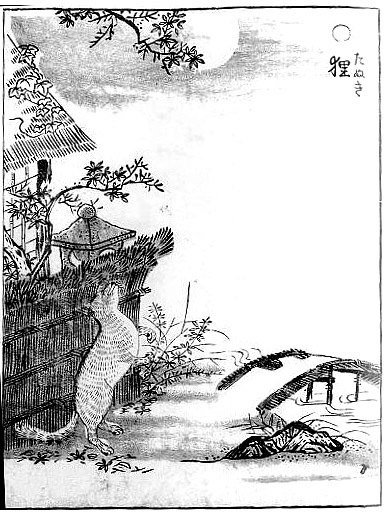|
Yuru-chara
is a Japanese term for a category of mascot characters; usually created to promote a place or region, event, organisation or business. They are characterized by their '' kawaii'' (cute) and unsophisticated designs, often incorporating motifs that represent local culture, history or produce. They may be created by local government or other organizations to stimulate tourism and economic development, or created by a company to build on their corporate identity. They may appear as costumed characters (or '' kigurumi'') at promotional events and festivals. ''Yuru-kyara'' has become a popular and lucrative business, with character-driven sales reaching nearly $16 billion in Japan in 2012. Popular ''yuru-kyara'' include Kumamon, Funassyi, and Chiitan, who have gained international recognition and have reached celebrity status in Japan. Etymology The name ''yuru-chara'' is a contraction of . The adjective generally means "loose", but in this application it has a number of con ... [...More Info...] [...Related Items...] OR: [Wikipedia] [Google] [Baidu] |
Sento-kun
is a yuru-chara mascot created by Nara, Nara, Nara City Office to commemorate the 1300th anniversary of Nara Heijō-kyō, the ancient capital of Japan, in 2010. The city of Nara has a long tradition of adopting guardian deities such as Nio (Buddhism), Nio (a pair of temple guardians), Asura, Jūni Shinshō (Twelve Heavenly Generals) and Four Heavenly Kings, Shitenno (Four Guardian Kings). The new mascot was chosen by the city office to inherit their mission, and as a "personification of the energy" of the ancient capital dotted with temples, gardens and shrines. Sento-kun is meant to resemble an amiable young boy who has the antlers of a deer, an animal which has long been regarded as a heavenly protector of the city. Character design The character was designed by Satoshi Yabuuchi, a sculptor and professor at Tokyo University of the Arts, who was one of twelve guest designers invited by the Association for Commemorative Events of the 1300th Anniversary of the Nara-Heijyokyo Ca ... [...More Info...] [...Related Items...] OR: [Wikipedia] [Google] [Baidu] |
Kawaii
''Kawaii'' is a Japanese cultural phenomenon which emphasizes cuteness, childlike innocence, charm, and simplicity. ''Kawaii'' culture began to flourish in the 1970s, driven by youth culture and the rise of cute characters in manga and anime (comics and animation) and Merchandising, merchandise, exemplified by the creation of Hello Kitty by Sanrio in 1974. The ''kawaii'' Aesthetics, aesthetic is characterized by soft or pastel (usually pink, blue and white) colors, rounded shapes, and features which evoke vulnerability, such as big eyes and small mouths, and has become a prominent aspect of Japanese popular culture, influencing entertainment (including toys and Japanese idol, idols), fashion (such as Lolita fashion), advertising, and product design. Etymology The word ''kawaii'' originally derives from the phrase ''kao hayushi'', which literally means "(one's) face (is) aglow," commonly used to refer to flushing or blushing of the face. The second morpheme is cognate with ''- ... [...More Info...] [...Related Items...] OR: [Wikipedia] [Google] [Baidu] |
Hikonyan
is a mascot created by the city government of Hikone, Japan. He was created in 2007 to mark the 400th anniversary of the founding of Hikone Castle. The character design is derived from a legend concerning '' maneki-neko'' and Ii Naotaka, the 3rd Lord of Hikone. The ''daimyō'' was beckoned by a white cat to seek shelter from a storm in a temple, and thus saved from a lightning strike. In Japanese, "nyan" is an onomatopoeia Onomatopoeia (or rarely echoism) is a type of word, or the process of creating a word, that phonetics, phonetically imitates, resembles, or suggests the sound that it describes. Common onomatopoeias in English include animal noises such as Oin ... for a cat's meow. Hikonyan's samurai helmet is based on a Ii family helmet currently in the Hikone Castle museum. Hikonyan's popularity increased tourist visitation of Hikone by over 200,000 annually. The estimate of Hikonyan's effect on the tourist industry is 17.4 billion yen (approximately US$218 million ... [...More Info...] [...Related Items...] OR: [Wikipedia] [Google] [Baidu] |
Kumamon
Kumamon is a mascot created by the government of Kumamoto Prefecture, Japan. It was created in 2010 for a campaign created to draw tourists to the region after the Kyushu Shinkansen line opened. Kumamon subsequently became nationally popular, and in late 2011, was voted top in a nationwide survey of mascots, collectively known as ''yuru-chara'', garnering over 280,000 votes. Following his success in the contest, Kumamoto earned (, , ) in merchandising revenue for the first half of 2012, after having only earned (, , ) throughout all of 2011. Kumamon enjoys tremendous popularity throughout the world. Economic impact In just two years, Kumamon has generated US$1.2 billion in economic benefits for his region, including tourism and product sales, as well as US$90 million worth of publicity, according to a recent Bank of Japan study. Sales of Kumamon items have reached ¥29.3 billion in 2012, up from ¥2.5 billion in 2011. The Bank of Japan also estimated that Kumamon generated ... [...More Info...] [...Related Items...] OR: [Wikipedia] [Google] [Baidu] |
Hikone Castle
is an Edo-period Japanese castle located in the city of Hikone, Shiga Prefecture, Japan. It is considered the most significant historical site in Shiga. The site has been protected as a National Historic Site since 1951. Hikone is one of only twelve castles in Japan with its original ''tenshu'', and one of only five castles with buildings listed as National Treasures. Overview Hikone Castle is located one kilometer from Lake Biwa due to land reclamation, but originally the castle was directly on the lakeshore, and the north and east sides were surrounded by water. The Hikone area is in eastern Ōmi Province, and the site was a natural bottleneck on the route of the Tōsandō (later the Nakasendō) highway connecting Heian-kyō with the eastern provinces. Strategically, it was a vital point in protecting the capital from attack from the east. In the Sengoku period, this area was controlled by the Azai clan, who were based in northern Ōmi, and who built a castle called Sawaya ... [...More Info...] [...Related Items...] OR: [Wikipedia] [Google] [Baidu] |
Matsuri
Japanese festivals, or , are traditional festive occasions often celebrated with dance and music in Japan. The origin of the word ''matsuri'' is related to the ; there are theories that the word ''matsuri'' is derived from meaning "to wait (for the ''kami'' to descend)", meaning "to make offerings to the ''kami''", and meaning "to obey the ''kami''". The theory that it is derived from ''matsurau'' is the most popular. It is estimated that there are between 100,000 and 300,000 festivals across Japan, generating an annual economic impact of 530 billion yen as of 2019. As of 2024, 33 of these festivals have been registered as UNESCO Intangible Cultural Heritage Lists as "Yama, Hoko, Yatai, float festivals in Japan". Various folk dances, costume processions, '' kagura'', '' dengaku'', '' bugaku'', and '' noh'' performed at festivals are also registered as UNESCO Intangible Cultural Heritage Lists. For example, 41 folk dances including ''bon odori'' from various regions of Japan are ... [...More Info...] [...Related Items...] OR: [Wikipedia] [Google] [Baidu] |
Japan Expo
Japan Expo is a convention on Japanese popular culture – the largest of its kind outside Japan – taking place in Paris, France, although it has branched out into a partnership festival – Comic-Con Paris, Kultima – and expanded to include some European and US pop culture as well. It is held yearly at the beginning of July for four days (usually from Thursday to Sunday) in the Parc des Expositions de Villepinte, Paris-Nord Villepinte Exhibition Centre (the second-largest convention centre in France). The attendance has increased steadily over the years, with 2,400 visitors welcomed in the first edition in 1999 and more than 252,510 for the 2019 edition. As with the Olympic Games and many other mass gatherings, the 2020 and 2021 editions were cancelled because of the global COVID-19 pandemic. History The first exposition took place in 1999 at the Institut supérieur du commerce de Paris, ISC Paris Business School and welcomed 2,400 visitors, a number which has grown ste ... [...More Info...] [...Related Items...] OR: [Wikipedia] [Google] [Baidu] |
Local Hero (Japan)
A is a Japanese superhero who is created to represent a particular region of Japan, such as a prefecture or city. They often perform in special martial arts stage shows. Created either by local groups or the local government, a local hero is modeled after the superheroes of Japanese tokusatsu. A local hero is often themed around the city or prefecture's local mythologies or industries, are created to teach the children who watch the stage shows certain things (like of Fukui, Fukui Prefecture), or are themed after the event that they are used to promote (the group performed at the Tokyo Motor Show to act in both the latter forms for road traffic safety). Although local heroes are produced to act in a local area, some gain fame throughout Japan by performing at other local heroes' shows or being featured in mainstream media. from Nikaho, Akita Prefecture, has had two theme songs recorded by anison recording artist Ichirou Mizuki (the first of which was previously available on ... [...More Info...] [...Related Items...] OR: [Wikipedia] [Google] [Baidu] |
Mascot
A mascot is any human, animal, or object thought to bring luck, or anything used to represent a group with a common public identity, such as a school, sports team, university society, society, military unit, or brand, brand name. Mascots are also used as fictional, representative spokespeople for consumer products. In sports, mascots are also used for merchandising. Team mascots are often related to their respective team athletic nickname, nicknames. This is especially true when the team's nickname is something that is a living animal and/or can be anthropomorphism, made to have humanlike characteristics. For more abstract nicknames, the team may opt to have an unrelated character serve as the mascot. For example, the sport, athletic teams of the University of Alabama are nicknamed the Alabama Crimson Tide, Crimson Tide, while their mascot is an elephant named Big Al (mascot), Big Al. Team mascots may take the form of a logo, person, live animal, inanimate object, or a costumed c ... [...More Info...] [...Related Items...] OR: [Wikipedia] [Google] [Baidu] |
Osaka
is a Cities designated by government ordinance of Japan, designated city in the Kansai region of Honshu in Japan. It is the capital of and most populous city in Osaka Prefecture, and the List of cities in Japan, third-most populous city in Japan, following the special wards of Tokyo and Yokohama. With a population of 2.7 million in the 2020 census, it is also the largest component of the Keihanshin, Keihanshin Metropolitan Area, which is the List of metropolitan areas in Japan, second-largest metropolitan area in Japan and the 10th-List of urban areas by population, largest urban area in the world with more than 19 million inhabitants. Ōsaka was traditionally considered Japan's economic hub. By the Kofun period (300–538) it had developed into an important regional port, and in the 7th and 8th centuries, it served briefly as the imperial capital. Osaka continued to flourish during the Edo period (1603–1867) and became known as a center of Japanese culture. Following the M ... [...More Info...] [...Related Items...] OR: [Wikipedia] [Google] [Baidu] |
Bake-danuki
''Bake-danuki'' () are a kind of ''yōkai'' (supernatural beings) found in the classics and in the folklore and legends of various places in Japan, commonly associated with the Japanese raccoon dog or ''tanuki''. Although the tanuki is a real, extant animal, the bake-danuki that appears in literature has always been depicted as a strange, even supernatural animal. In some regions of Japan, ''bake-danuki'' are reputed to have abilities similar to those attributed to kitsune (foxes): they can shapeshift into other things or people, and can possess human beings. Many legends of ''tanuki'' exist in the Sado Islands of Niigata Prefecture and in Shikoku, and among them, like the Danzaburou-danuki of Sado, the Kinchō-tanuki and Rokuemon-tanuki of Awa Province (Tokushima Prefecture), and the Yashima no Hage-tanuki of Kagawa Prefecture, the ''tanuki'' that possessed special abilities were given names, and even became the subject of rituals. Apart from these places, ''tanuki'' are ... [...More Info...] [...Related Items...] OR: [Wikipedia] [Google] [Baidu] |
Kōchi Prefecture
is a prefecture of Japan located on the island of Shikoku. Kōchi Prefecture has a population of 669,516 (1 April 2023) and has a geographic area of 7,103 km2 (2,742 sq mi). Kōchi Prefecture borders Ehime Prefecture to the northwest and Tokushima Prefecture to the northeast. Kōchi is the capital and largest city of Kōchi Prefecture, with other major cities including Nankoku, Shimanto, and Kōnan. Kōchi Prefecture is located on Japan's Pacific coast surrounding a large bay in the south of Shikoku, with the southernmost point of the island located at Cape Ashizuri in Tosashimizu. Kōchi Prefecture is home to Kōchi Castle, considered the most intact Japanese castle, and the Shimanto River, one of the few undammed rivers in Japan. History Antiquity Before the Ritsuryō System In the Kujiki, first recorded governments in Kōchi Prefecture were Hata (in the west) and Tosa (in the center). Hata was established first, so it is thought that it had more influen ... [...More Info...] [...Related Items...] OR: [Wikipedia] [Google] [Baidu] |






